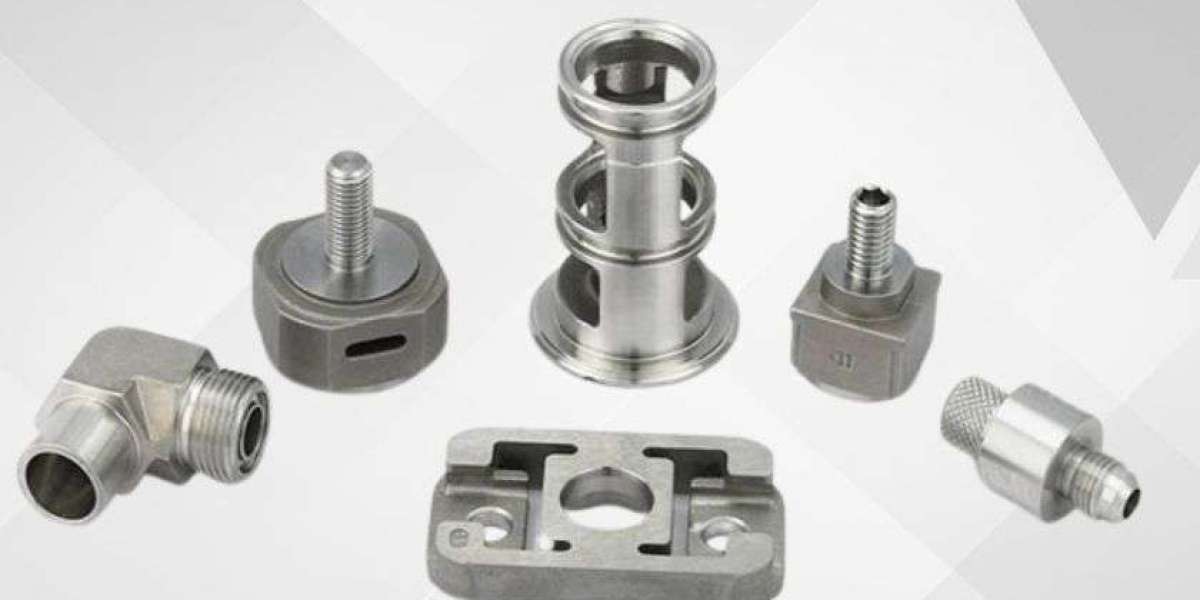Casting products is a versatile manufacturing process used to create complex shapes and high-precision components by pouring molten material into a mold. This guide provides an in-depth understanding of casting products, exploring various techniques, applications, and benefits.
Types of Casting Techniques
Sand Casting
- Description: Sand casting involves creating a mold from sand and pouring molten metal into the mold cavity. It's one of the oldest and most commonly used casting methods.
- Advantages: Cost-effective, suitable for large parts, and flexible in terms of material choice.
- Applications: Engine blocks, pump housings, and various automotive and industrial components.
Die Casting
- Description: Die casting uses high pressure to force molten metal into a mold cavity made of steel. It produces parts with excellent surface finish and dimensional accuracy.
- Advantages: High production rate, good surface finish, and precise dimensions.
- Applications: Automotive parts, consumer electronics housings, and small machinery components.
Investment Casting (Lost Wax Casting)
- Description: Investment casting involves creating a wax model, coating it with ceramic material, and then melting the wax away to form a mold for the metal.
- Advantages: Produces intricate and detailed parts, excellent surface finish, and minimal machining required.
- Applications: Aerospace components, medical devices, and jewelry.
Centrifugal Casting
- Description: Centrifugal casting involves pouring molten metal into a rotating mold. The centrifugal force distributes the metal evenly, producing parts with high density and strength.
- Advantages: Produces high-quality, dense parts with minimal defects.
- Applications: Pipes, cylinder liners, and rings.
Continuous Casting
- Description: Continuous casting is a process where molten metal is continuously poured into a mold and solidified to produce long lengths of metal products.
- Advantages: High production efficiency, consistent quality, and reduced waste.
- Applications: Steel beams, billets, and slabs.
Applications of Casting Products
Automotive Industry
- Components: Engine blocks, transmission cases, brake discs, and various structural parts.
- Benefits: High precision, strength, and durability required for automotive performance.
Aerospace Industry
- Components: Turbine blades, engine components, and structural parts.
- Benefits: Lightweight, high-strength, and complex shapes essential for aerospace applications.
Industrial Machinery
- Components: Pump housings, valve bodies, gears, and bearings.
- Benefits: High durability and precision for heavy-duty industrial use.
Medical Devices
- Components: Surgical instruments, implants, and diagnostic equipment parts.
- Benefits: High precision and biocompatibility critical for medical applications.
Consumer Goods
- Components: Appliances, electronic housings, and decorative items.
- Benefits: Cost-effective production and aesthetic appeal.
Benefits of Casting Products
Design Flexibility
- Advantage: Casting allows for the creation of complex and intricate shapes that would be difficult or impossible to achieve with other manufacturing methods.
Material Versatility
- Advantage: Casting can be performed with a wide range of materials, including metals, plastics, and ceramics, making it suitable for diverse applications.
Cost Efficiency
- Advantage: For large production runs, casting is cost-effective due to the ability to produce multiple parts from a single mold.
High Precision and Quality
- Advantage: Modern casting techniques produce parts with high dimensional accuracy and excellent surface finishes, reducing the need for additional machining.
Scalability
- Advantage: Casting processes can be scaled up for mass production, ensuring consistent quality and efficiency.
Conclusion
Casting is a fundamental manufacturing process with a wide range of techniques, each offering unique benefits for different applications. From automotive and aerospace to medical devices and consumer goods, casting products play a crucial role in various industries. Understanding the different casting methods and their applications helps in selecting the most suitable process for specific production needs. The versatility, cost efficiency, and high precision of casting make it an indispensable technique in modern manufacturing.








